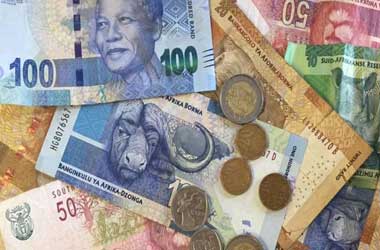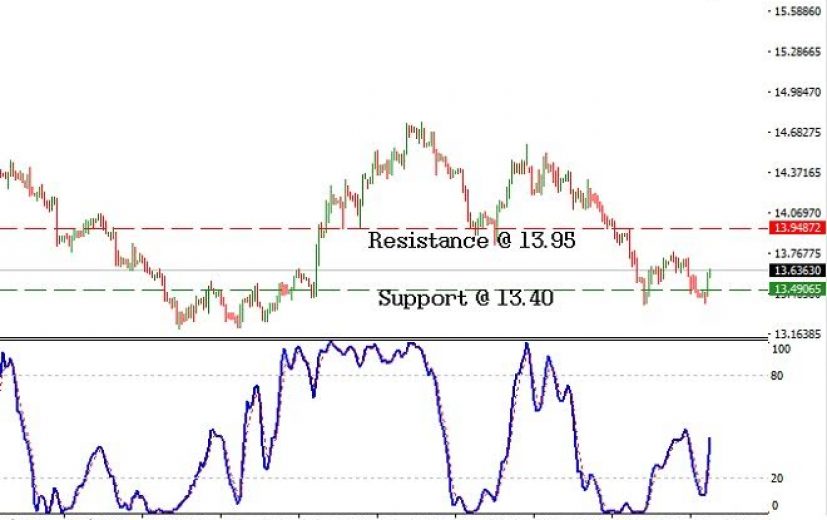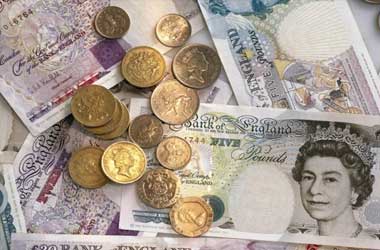Rising food costs, high unemployment keeps Rand bearish
 The uncertainty in the Fed rate hike coupled with mixed economic data kept the Greenback weak against its rivals, including the South African Rand, for most of the time during the second-quarter of this year.
The uncertainty in the Fed rate hike coupled with mixed economic data kept the Greenback weak against its rivals, including the South African Rand, for most of the time during the second-quarter of this year.
The news of South Africa regaining the title of the Africa’s largest economy from Nigeria also aided the Rand to remain strong.
However, the developments in the US and South Africa, as explained below, indicate that the South African Rand will begin to decline against the US dollar in the weeks ahead.
The inflation rate in South Africa declined 0.1% m-o-m in August. While this is good news in the case of South Africa, a look at the details will reveal that the cost of food products has indeed gone up and the drop in the consumer prices was a result of the fall in the price of oil. The decrease in the cost of transportation was primarily responsible for the drop in the inflation rate.
africanews
The price of benchmark food basket increased 0.9% m-o-m in August. The StatsSA revealed that the price of processed food has gone up 1.5% m-o-m. On a y-o-y basis, the cost of food has gone up 11.6% in August. The country is facing the worst drought in 25 years, which threatens the food security of nearly a quarter (14.3 million) of the population.
In addition to the rising food cost, the unemployment rate continues to remain high at 26.6% at the end of second-quarter. For the people aged between 15yrs and 34yrs, the unemployment rate is about 37%. According to the Reserve bank of South Africa, the country is not expected to record any GDP growth in 2016.
In the case of the US, most of the weakness in the Greenback was due to the disappointment over the delay in the Fed rate hike. The mixed economic data can be construed as a feeble sign of recovery. On Tuesday, a report from the IHS Markit indicated a better than expected growth in the US service sector. The flash PMI (Purchase Managers Index) reading increased to 51.9 in September, from 51 in August.
Similarly, the Composite PMI rose to 52 in September, from 51.5 in August. The September reading is the highest in the past five months. Thus, we expect the USD/ZAR to exhibit a trend reversal in the next few days. The USD/ZAR currency pair bounced off a strong support at 13.42. The stochastic oscillator has also come out of the bearish zone. Thus, we forecast the USD/ZAR pair to remain bullish. The next resistance for the pair exists at 13.96.
So, a currency trader should go long at 13.50 levels with a stop loss order below 13.30. The long position can be sold when the USD/ZAR pair reaches 13.90.
A binary trader can create a similar trade setup by purchasing a one touch call option from a reliable broker. The target level for the call option should be ideally below 13.90, while the expiry date of the contract should be in the final week of October.
Related Articles
Euro to decline on soft PPI data
The poor US economic data (lower than expected core retail sales and Producer Price Index (PPI) reading) reported at the
Q4 GDP growth of 0.6% y-o-y keeps Pound strong
The GBP/USD pair remains range bound between 1.2050 and 1.2680 for the past four months. Uncertainty about the Fed rate
Bank of Canada raises rate, hints one more hike in FY17
Lower than anticipated trade balance triggered a New Zealand dollar sell-off in the last week of June. The commodity currency




